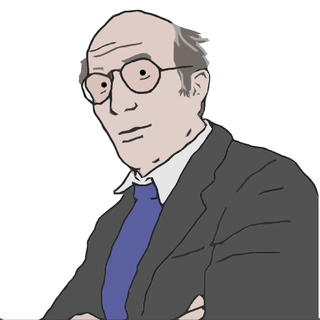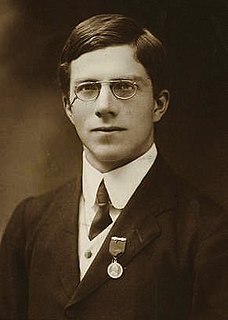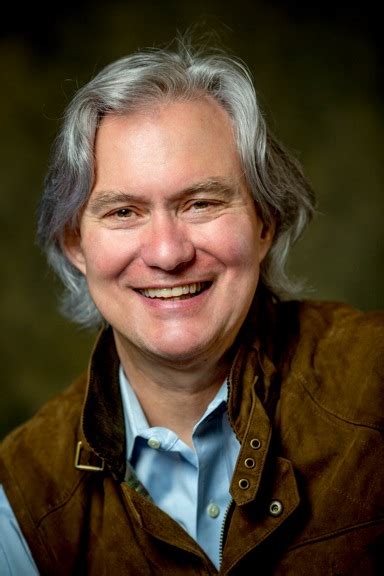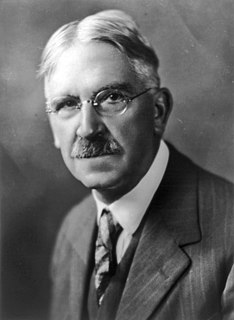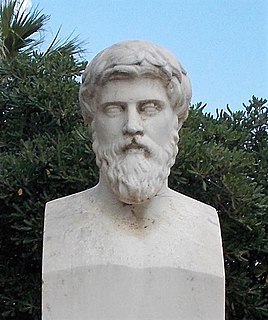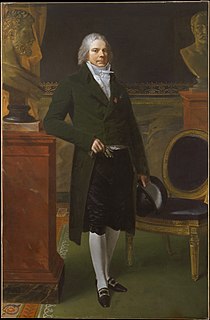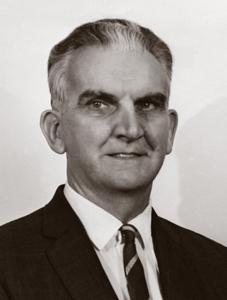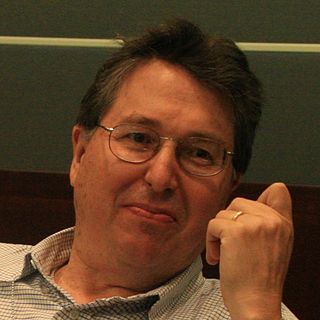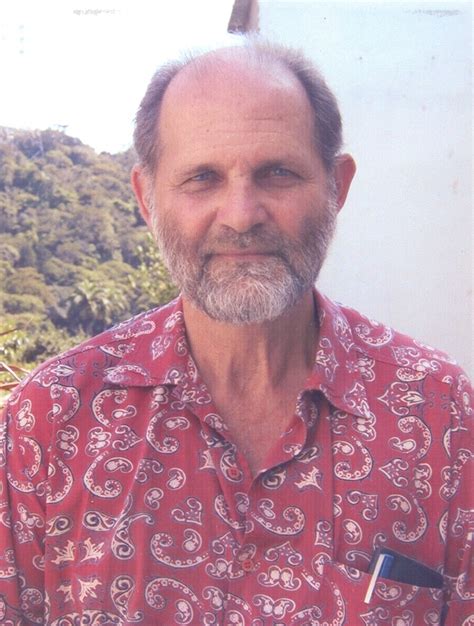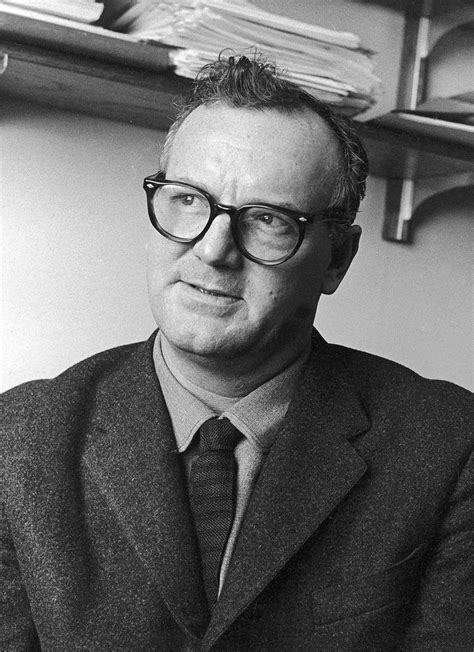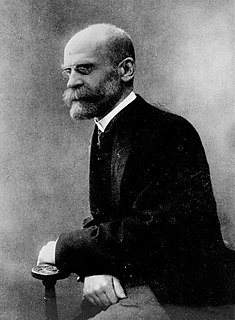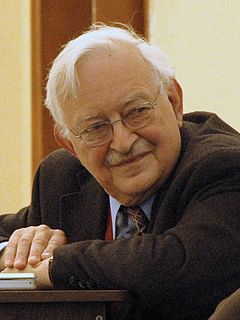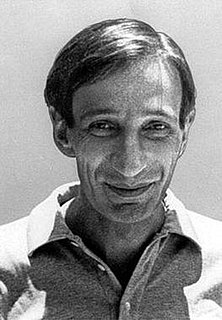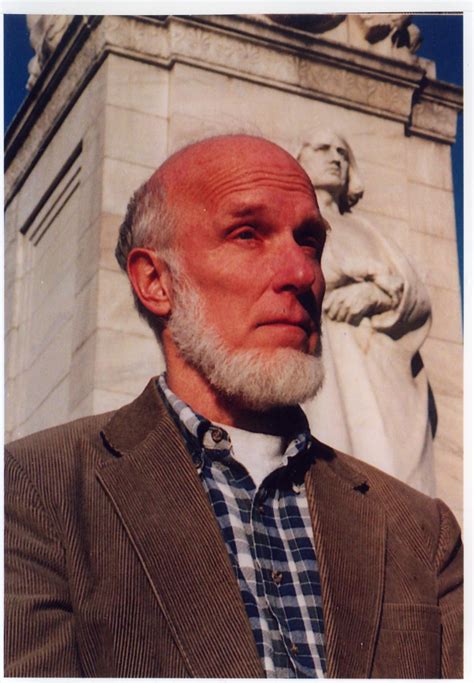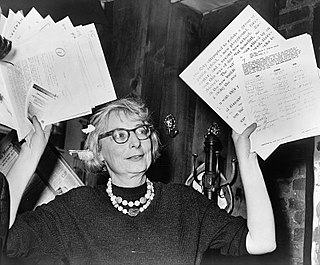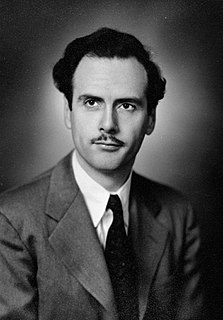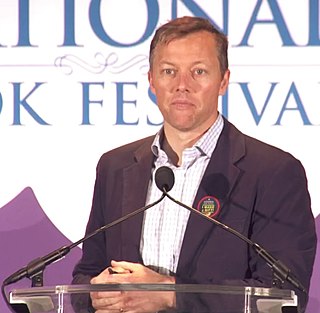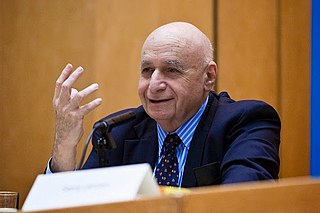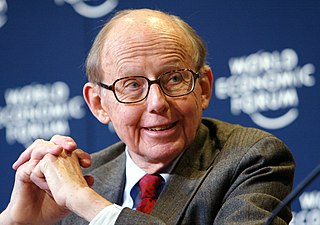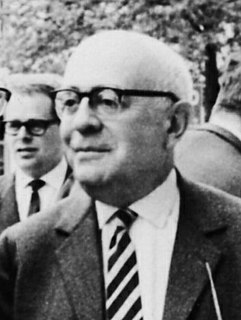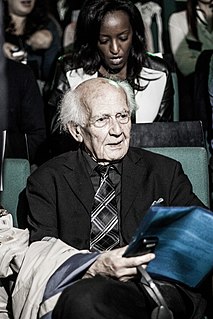Ein Zitat von Niklas Luhmann
Das Kunstwerk ist ein scheinbar unwahrscheinliches Ereignis.
Themen zitieren
Verwandte Zitate
Es war Darwins wichtigster Beitrag, nicht nur zur Biologie, sondern zur gesamten Naturwissenschaft, einen Prozess ans Licht gebracht zu haben, durch den Zufälligkeiten, die a priori unwahrscheinlich sind, im Laufe der Zeit eine zunehmende Wahrscheinlichkeit verliehen wird, bis sie ihre Nichtwahrscheinlichkeit sind -Eintreten statt deren Eintreten, das höchst unwahrscheinlich wird.
In den meisten modernen Fällen läuft die Interpretation auf die spießbürgerliche Weigerung hinaus, das Kunstwerk in Ruhe zu lassen. Echte Kunst kann uns nervös machen. Indem man das Kunstwerk auf seinen Inhalt reduziert und diesen dann interpretiert, zähmt man das Kunstwerk. Interpretation macht Kunst beherrschbar, anpassungsfähig.
Seurat und Signac vermischten die Malerei mit den trockenen und abstrakten Gesetzen der Wissenschaft. Meiner Meinung nach weicht dieser Ansatz normalerweise vom Zweck der Kunst im Allgemeinen ab. Denn es bedeutet, dass man von einem Artefakt, das nach mathematischen Gesetzen geschaffen wurde, nicht erwarten kann, dass es eine unwahrscheinliche und irrationale Beziehung zwischen dem Werk und dem Betrachter herstellt.
Es [Wissen] hängt eindeutig mit Informationen zusammen, die wir nun messen können; und insbesondere ein Ökonom ist versucht, Wissen als eine Art Kapitalstruktur zu betrachten, was der Information als Einkommensfluss entspricht. Das heißt, Wissen ist eine Art unwahrscheinliche Struktur oder Bestand, der im Wesentlichen aus Mustern besteht – das heißt aus unwahrscheinlichen Anordnungen, und je unwahrscheinlicher die Anordnungen, so könnten wir annehmen, desto mehr Wissen ist vorhanden.
Was unterscheidet ein Kunstwerk, auch wenn es auf dem Markt gekauft und verkauft wird, von …? . . reine Ware? Ein Kunstwerk ist ein Geschenk, keine Ware. . . Kunstwerke existieren gleichzeitig in zwei „Ökonomien“, einer Marktwirtschaft und einer Schenkwirtschaft. Allerdings ist nur eines davon wesentlich: Ein Kunstwerk kann ohne den Markt überleben, aber wo es keine Schenkung gibt, gibt es auch keine Kunst.
Das sehr allgemeine Vorkommen des Homosexuellen im antiken Griechenland und sein weites Vorkommen heute in einigen Kulturen, in denen solche Aktivitäten nicht tabu sind, legt nahe, dass die Fähigkeit eines Individuums, auf jede Art von Reiz erotisch zu reagieren, unabhängig davon, ob er von einer anderen Person bereitgestellt wird Das gleiche oder das andere Geschlecht ist in der Art grundlegend.
